In today’s fast-paced world, maintaining a healthy diet often takes a backseat to convenience. Yet, 77% of people express a desire to eat healthier—especially during seasonal transitions like fall, when routines shift and stress can rise. The solution? Weekly meal prep, not as a chore, but as a flexible, sustainable habit that supports both physical wellness and mental clarity.
This guide introduces a habit-first approach to meal prep—one that prioritizes consistency over perfection, flexibility over rigidity, and energy optimization over restriction. You’ll discover practical strategies, tracking tools, and motivation cues that make healthy eating effortless and sustainable.
Meal prep is often praised for saving time and reducing decision fatigue. But its deeper benefit lies in increasing lifestyle flexibility. When meals are ready, you’re free to adapt your day—attend an impromptu meeting, squeeze in a workout, or spend more time with family—without sacrificing nutrition.
Prepared meals act as anchors, giving you control over ingredients, portions, and timing. This consistency supports stable energy levels, reduces cravings, and prevents the cycle of stress-eating or last-minute takeout.
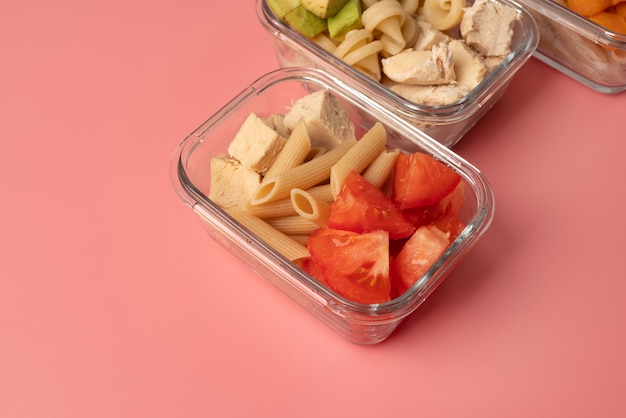
Traditional meal prep often fails because it demands too much too soon. The habit-first model flips this: instead of prepping five full meals for seven days, start with one component.
This incremental approach builds confidence and routine without overwhelm. Research shows that small, repeated actions are more likely to become automatic—key for long-term success.
Tracking reinforces habits and reveals patterns. Use these low-effort methods:
Motivation fades—cues keep you going. Anchor your prep habit to existing routines:
Celebrate small wins: finishing your first week, eating three prepped meals, or resisting takeout. Positive reinforcement strengthens the habit loop.
Flexibility is the goal—not rigidity. If plans change, repurpose meals: turn grilled chicken into a salad, soup, or wrap. Freeze extras for busy weeks ahead.
Remember, meal prep isn’t about eating the same thing every day. It’s about removing barriers so you can make healthier choices effortlessly—no matter how your schedule shifts.
Weekly meal prep, when approached as a habit rather than a task, becomes a powerful tool for greater energy, clarity, and freedom. By starting small, tracking progress, and using motivation cues, you build a system that adapts to your life—not the other way around.
Begin this week: pick one ingredient to prep, write it down, and follow through. That single action is the foundation of lasting change.

Wellness

Wellness

Wellness

Wellness
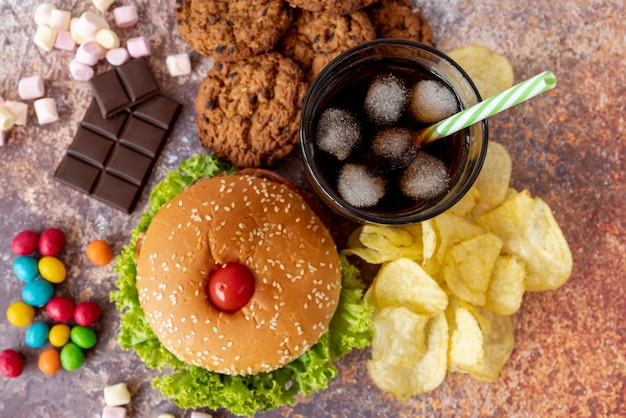
Health

Health
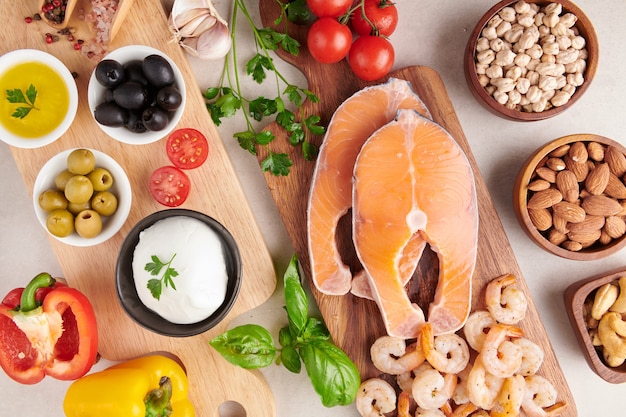
Health
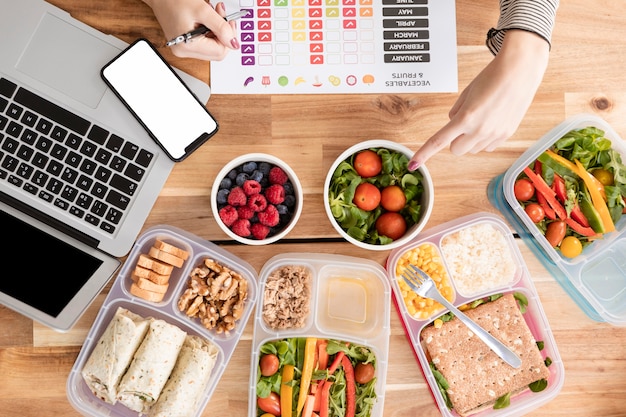
Wellness
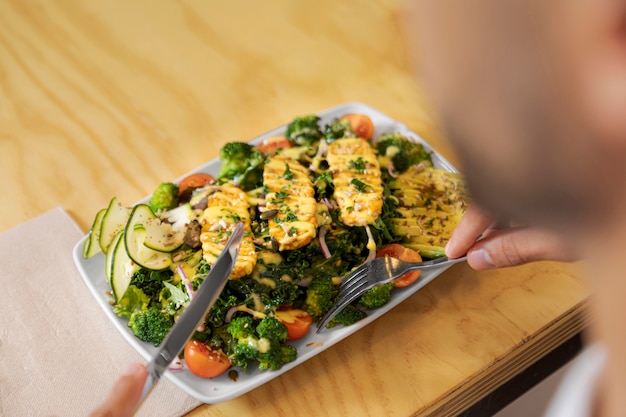
Wellness
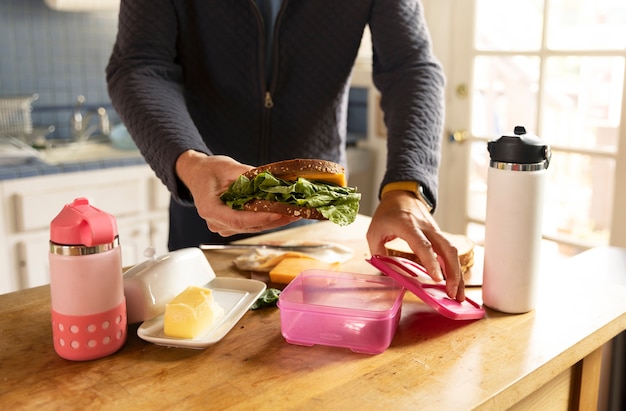
Wellness
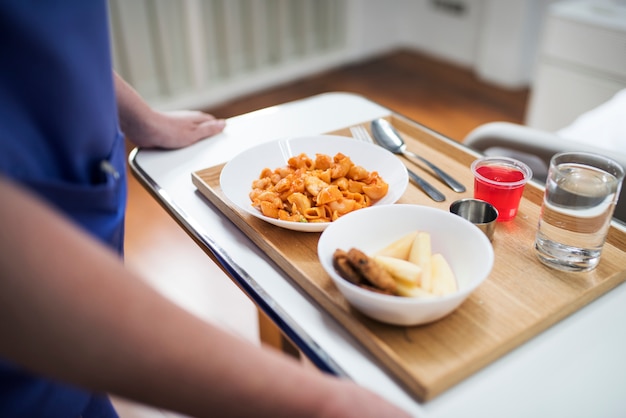
Health
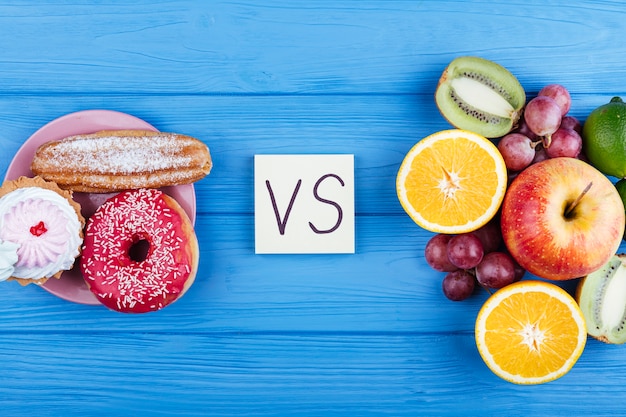
Health

Health

Fitness

Health

Health